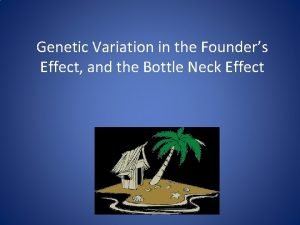Protective effect of Antrodia camphorata on liver from


- Slides: 2


Protective effect of Antrodia camphorata on liver from injury of alcohol feeding in rat n n n Several studies found that chronic ethanol intake decreased circulating adiponectin level, disrupted lipid metabolism in hepatocytes, and caused excessive lipid accumulation with the development of fatty liver and hepatic steatosis. However, the effects of acute ethanol feeding on circulating adiponectin level and liver have not been examined. Besides, Antrodia camphorate, a traditional Chinese medicine, was found to exert hepatoprotective, anti-oxidative and anti-inflammation effects. In this study, we examined the role of Antrodia camphorata in circulating ethanol and adponectin levels upon acute ethanol feeding in rats. Rats were divided into three groups: one group was Antrodia camphorata (1. 0 g/kg) feeding, another group was ethanol (5. 5 g/kg) feeding, and the other group was fed with the mixture of Antrodia camphorata and alcohol. Blood sample was collected and assayed by ELISA kits at indicated time points. The results showed that Antrodia camphorata feeding did not affect the circulating ethanol levels. After acute alcohol intake, the serum ethanol levels were significantly increased to the maximum value at 120 minutes (185. 6 ± 31. 4 mg/d. L) and then decreased to the basal level (94. 2 ± 23. 6 mg/d. L) at 360 minutes in ethanol-fed rats. Furthermore, the circulating ethanol levels in mixture-fed rats were similar to those in ethanol-fed rats at each indicated time points. Therefore, Antrodia camphorata administration did not attenuate acute ethanol feeding-induced elevation of serum ethanol levels. On the other hand, there was no effect of alcohol feeding on serum adiponectin levels during 120 minutes. Adiponectin levels were increased to 1. 16 -fold and 1. 15 -fold at 240 minutes and 360 minutes, respectively. However, there was no significant difference compared with 0 minute group. Given the mixture of Antrodia camphorata and alcohol or Antrodia camphorata alone did not significantly affect adiponectin serum level. These results suggested that Antrodia camphorata intake did not suppress serum ethanol or adiponectin levels in ethanol-fed rats. We proposed that the hepatoprotective effect of Antrodia camphorata might be due to protect the adiponectin receptor 2 (Adipo R 2) on cell membrane of hepatocyte from ethanol injury. It is important to examine the Adipo R 2 content in ethanol-fed and in Antrodia camphorate-fed groups. Furthermore, the mechanism of hepatoprotective effect of Antrodia camphorate could be explored.



